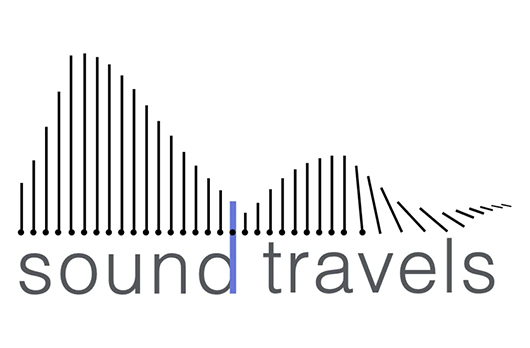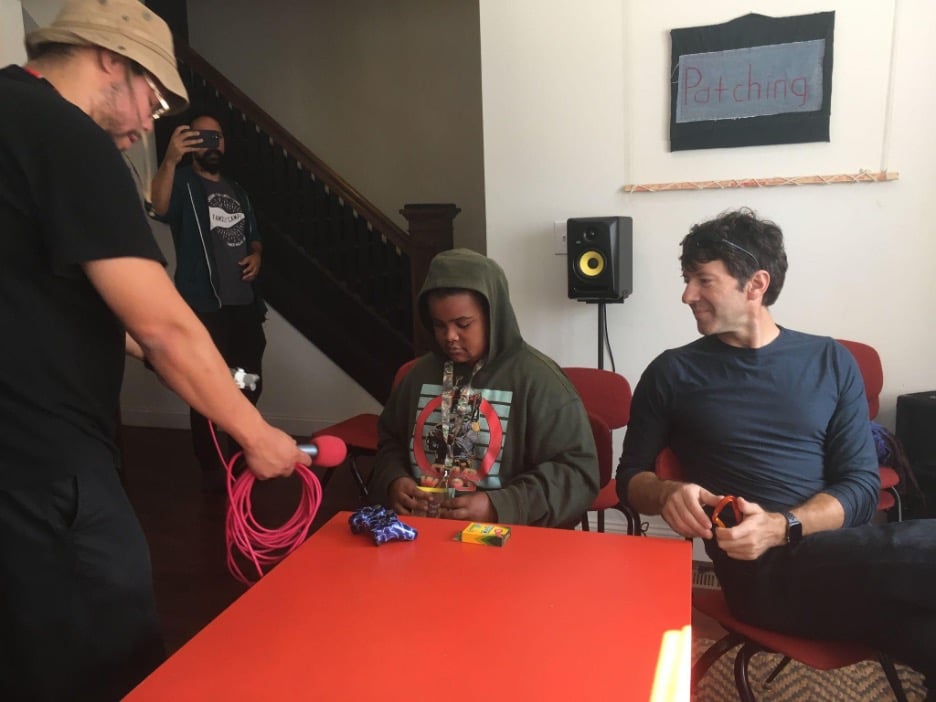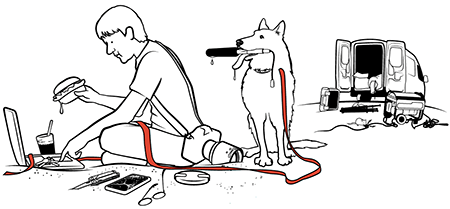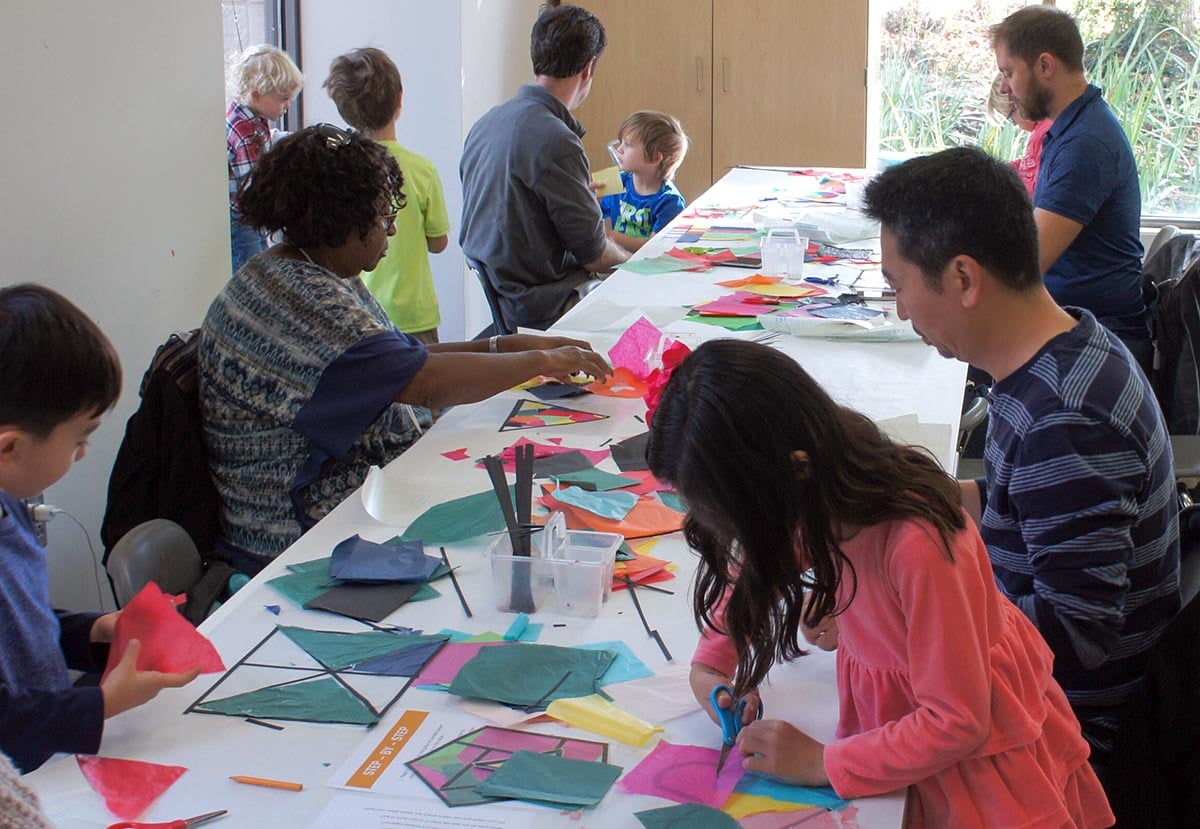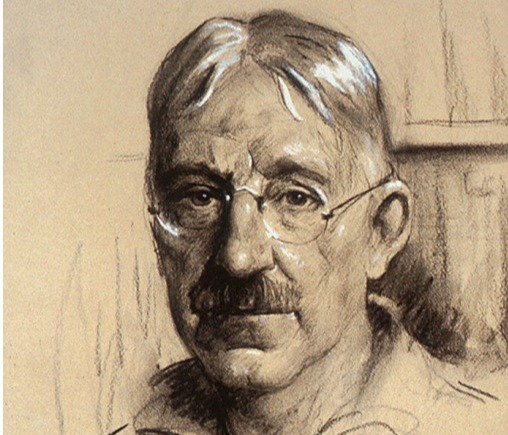TERC Blog
Sound Travels Sends Greetings from Columbus, Ohio
In places like museums, science centers, parks, and zoos, educators and designers offer experiences to heighten enjoyable STEM learning. Sound Travels is a research project that will bring attention to the visitor experience with sound. Sound Travels researchers and partners will be on the move taking notes and collecting data. These trips (this one and others the team will describe in future posts) are part of a multi-year collaborative investigation. Periodically they will share notes from their travels, as Martha Merson does here after the team’s first trip to Columbus, Ohio.
Meet the Sound Travels Research Team
The Sound Travels team includes researchers from TERC, Northwestern University, and the Center for Research and Evaluation at COSI, the Center of Science and Industry. Together with advisors and partners, we are a curious group of installation artists, environmental educators, DJs, cyclists, scientists, and dancers, all bound by one common purpose: to understand the role of sound in out-of-school learning.
Welcome to Columbus, Ohio
This Midwest city is packed with incredible places for learning, from world-class botanic gardens to cutting-edge science centers, a bustling zoo and aquarium, and an enviable metro-park system. We are grateful to these institutions for being our partners and hosting the Sound Travels research. The city is heaven for researchers interested in how visitors interact in spaces designed for out-of-school enjoyment and learning.
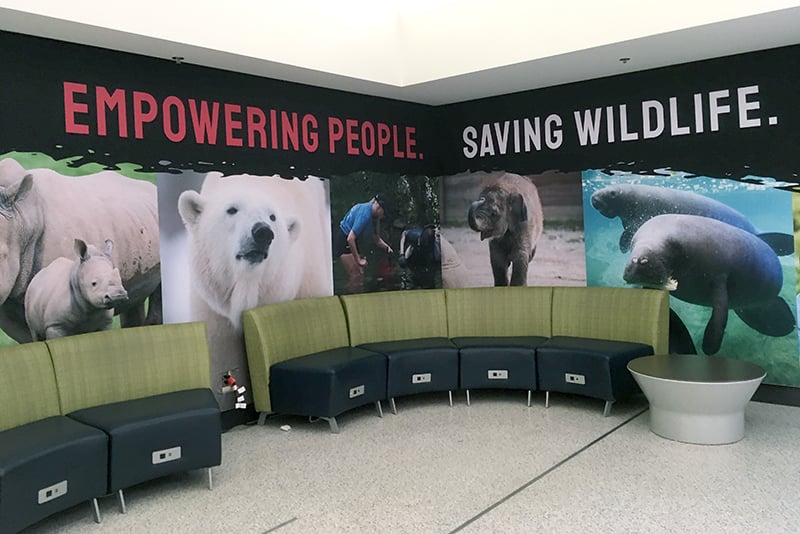
In the airport I saw a colorful wall promoting the Columbus Zoo and Aquarium. I noted that the Zoo sees people and conserving wildlife as connected.
The Quest for Sound Understanding
During our two and a half days in Columbus, we listened intently to explore the influence of sound on attention and learning. Sounds have this incredible power — they can distract, calm, or agitate. By visiting, recording, and observing sounds at different sites where out-of-school learning happens, we will be able to describe and compare qualities of sounds visitors encounter. In talking with educators and visitors, we will learn more about the way sound affects learning and programming.
Exploring Columbus Sounds
First stop in our journey, MetroPark Highbanks, an extensive park along the Olentangy River. My favorite sound? A squeaky swing set in a woodsy corner of the park. On a second trip, we listened to a symphony of footsteps on trails and bridges.
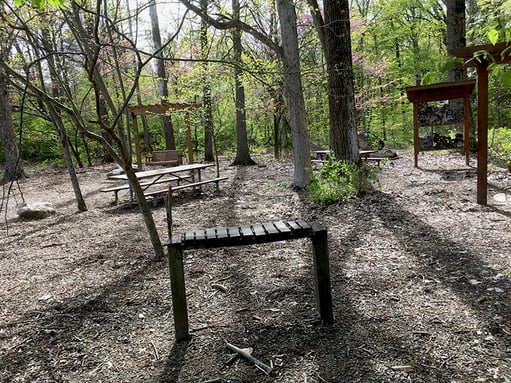
A human-designed and installed element to add pleasure to an experience, but likely with little thought to the way the swing itself and its role would add to the soundscape.
Our next stop to Inniswoods MetroPark brought us to an outdoor amphitheater where we experimented with the acoustics. Meandering along paths we discovered magical spots where our voices echoed or seemed muted.
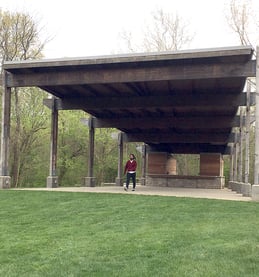
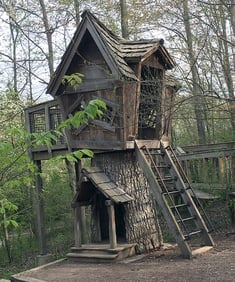
A highlight of our journey was gathering the entire Sound Travels group at the Center of Science and Industry (COSI). COSI offers immersive science experiences for children and adults with exhibits like Ocean, Progress, and Gadgets.
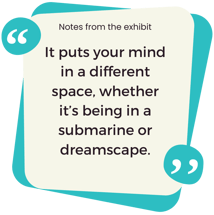 The Oceans exhibit is convincingly dark, as if we were undersea. Our ears filled with water sounds. Its effect was so convincing, one member of our group felt the panic she often experiences around water.
The Oceans exhibit is convincingly dark, as if we were undersea. Our ears filled with water sounds. Its effect was so convincing, one member of our group felt the panic she often experiences around water.
COSI’s area for Gadgets offers dozens of activities and challenges related to motion, mechanics, and design. One encouraged interactive music making. Visitors can step on a floor mat which plays different notes. The visitor-composed melodies have to compete with air cannons, and the sounds of fans and gears all in a room full of echoes.

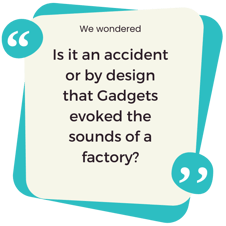
The exhibit, called Progress, allowed us to travel through time. First we walked along a downtown street in 1898, then turned the corner and walked down the same street in 1962. Each storefront and interior invited visitors to explore the technology from that period. We observed kids playing music on a jukebox and puzzling over a telegraph machine.
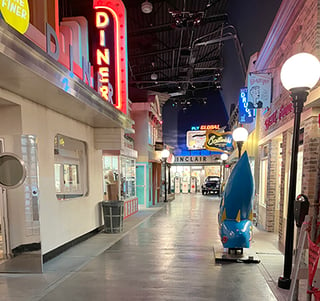
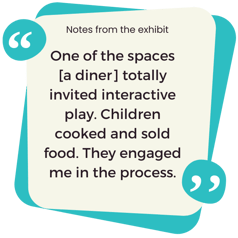
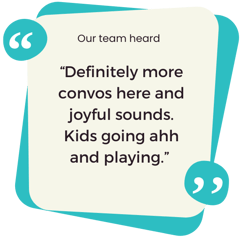
COSI also has intentionally quiet spaces. For example, our group explored the anechoic chamber, which provided a stark contrast from the noise of the nearby exhibits on the human body.
Our adventure continued to The Franklin Park Conservatory, where an array of greenhouses and whimsical glass sculpture by Chihuly captured my attention.
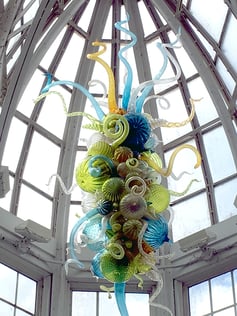

Onward to the Columbus Zoo and Aquarium we heard chimes, or was it a recording of chimes? Like other zoos, unobtrusive speakers across the campus play recorded music intended to calm loud visitors and overall dampen the noise from crowds. While helping animals with sensitive hearing, might the chimes have an effect on visitors and their conversations as well?

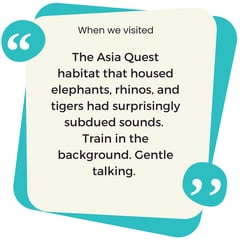
Reflecting on the Sound Journey
Our time in Columbus marked the first meeting of our diverse team. Our observations laid the groundwork for future observations and documentation.
Together we increased our sensitivity to sounds both intended within exhibits and at the thresholds, or transition spaces. We noted where sound bleeds, entices, attracts, and repels us.
As the Sound Travels project continues our journey, exploring the visitor experience in science centers, nature centers, parks, and zoos across the country, the foundation we built in Columbus will guide us. Stay tuned for more stories and observations.

